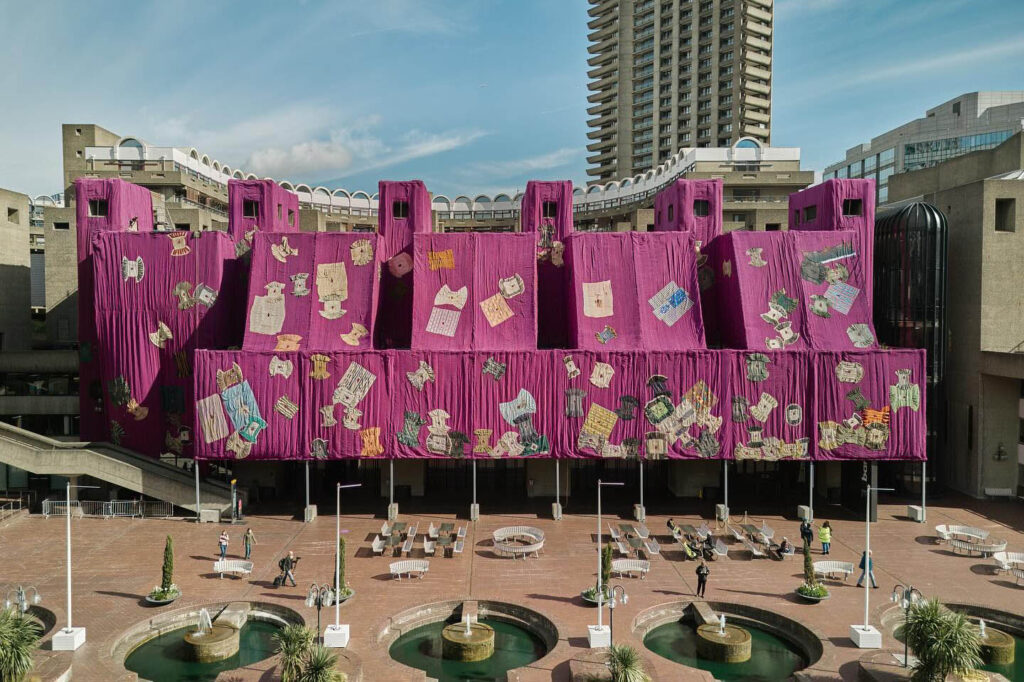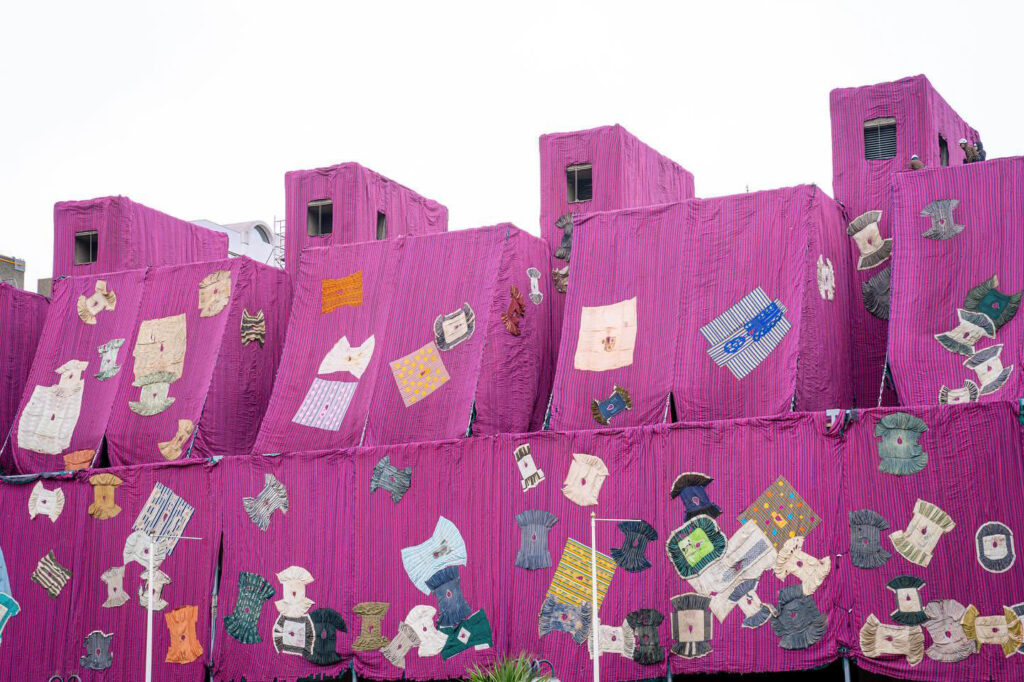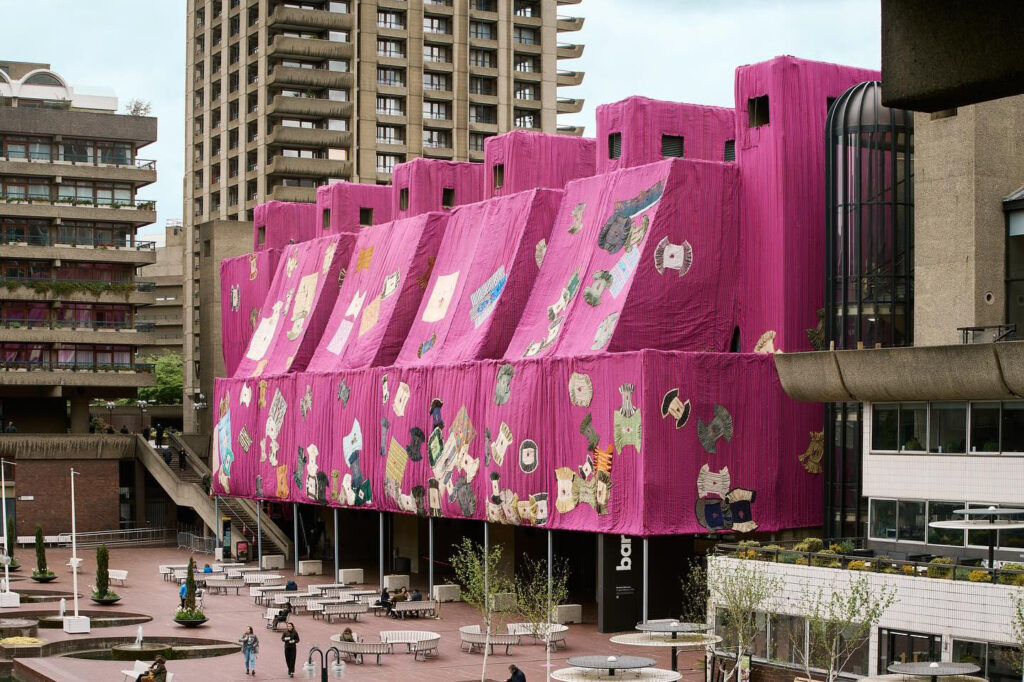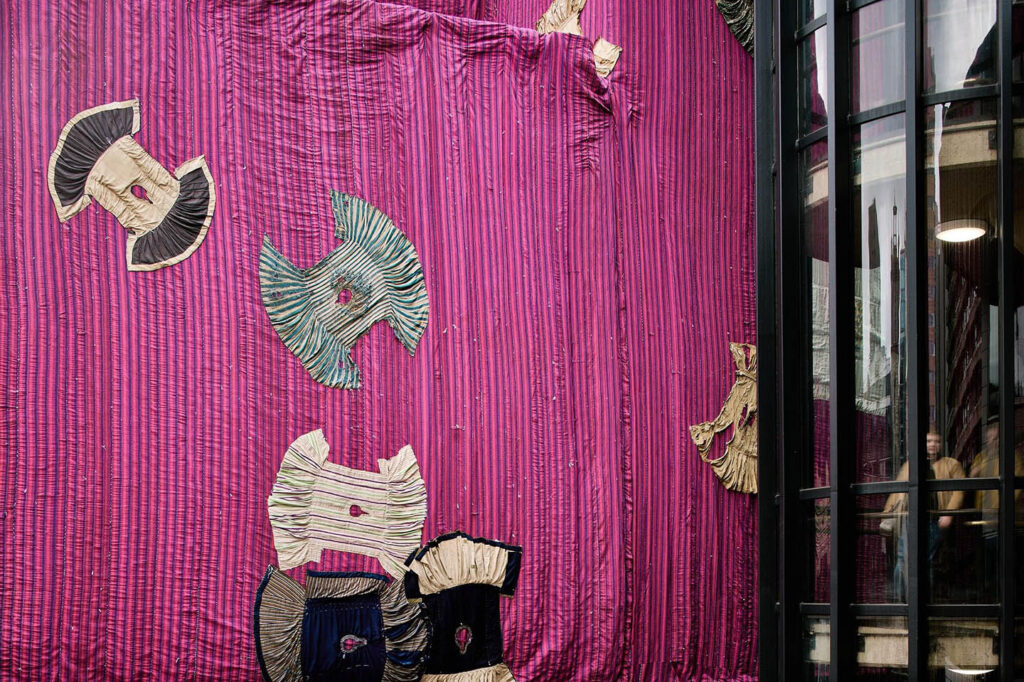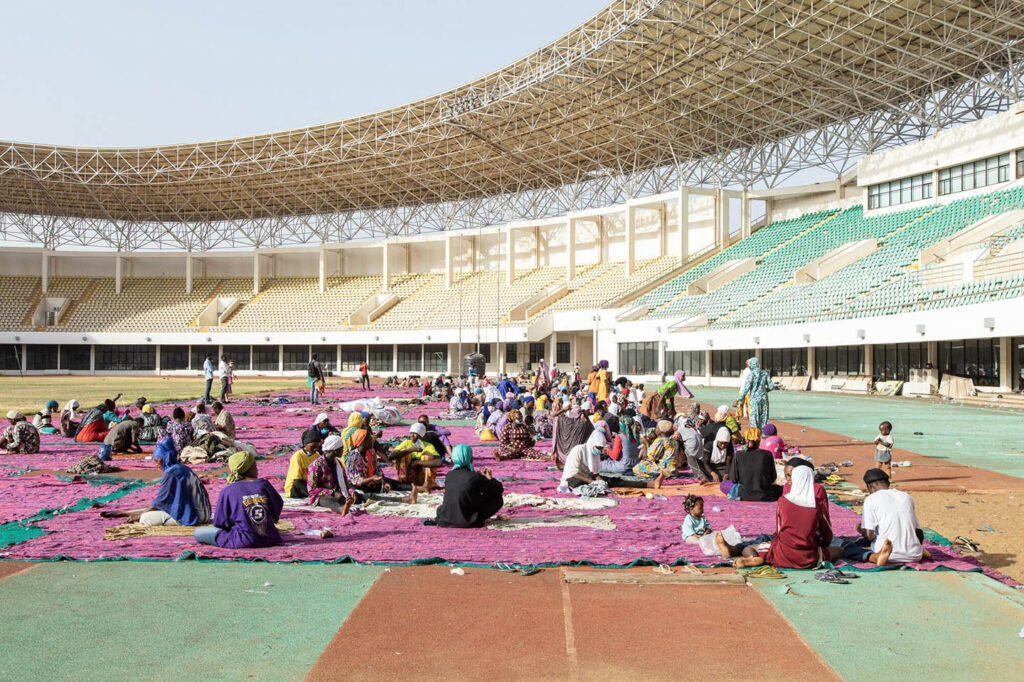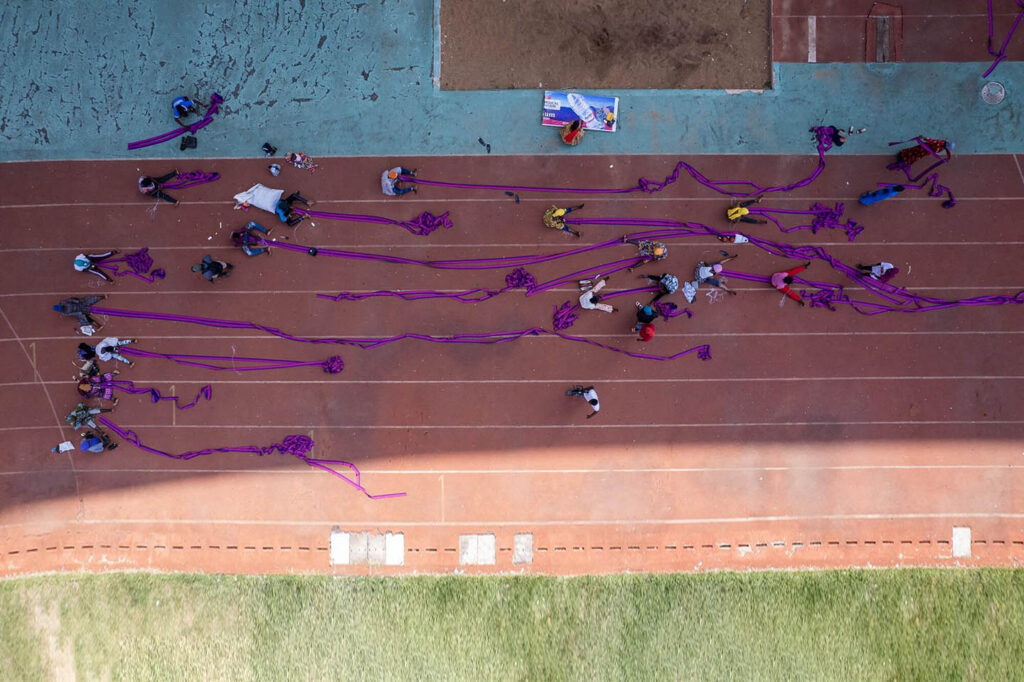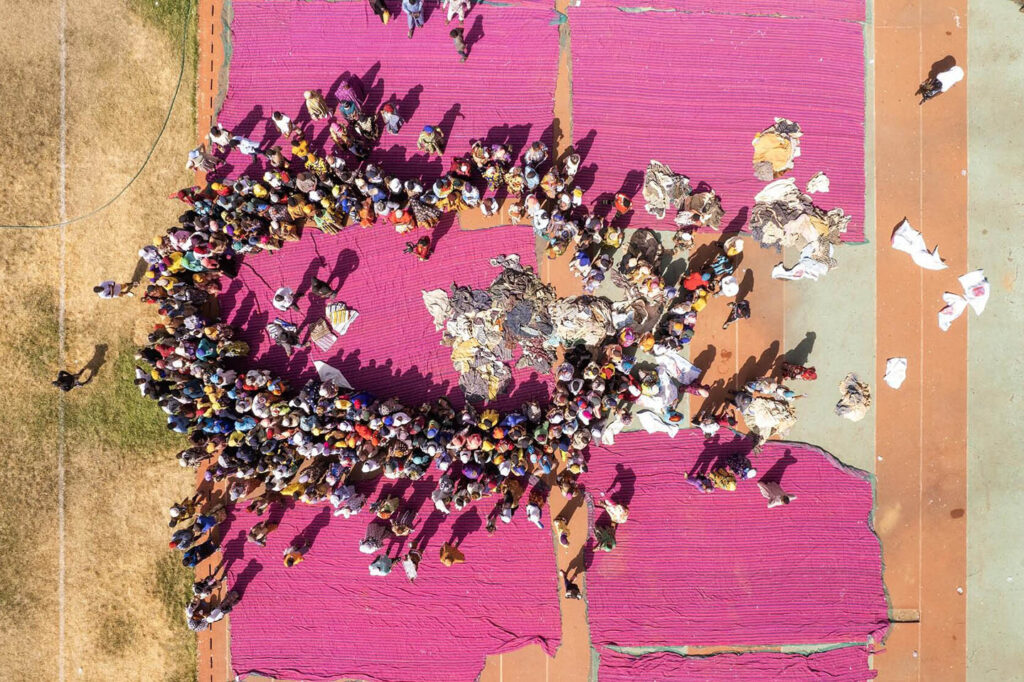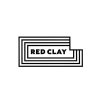Purple Hibiscus Artwork
Project Name
Purple Hibiscus
Designer/Architect/Decorator
Ibrahim Mahama
Location
Barbican Centre, London
Description
The Purple Hibiscus artwork, a stunning new commission by the renowned Ghanaian artist Ibrahim Mahama, is an extraordinary installation that adorns the brutalist architecture of the Barbican’s Lakeside façade. Spanning approximately 2000 square meters, this artwork is composed of hand-woven bespoke cloth created by hundreds of craftspeople across Ghana. The installation features colossal panels of pink and purple fabric, meticulously sewn together from woven strips, which envelop the building’s iconic concrete walls. Embroidered into the fabric are about 100 ‘batakaris’—traditional robes emblematic of Northern Ghanaian heritage—each carrying the historical weight and stories of the individuals who once wore them. This transformative piece not only decorates the building but also narrates the rich tapestry of Ghanaian culture and history.
Design Philosophy
Ibrahim Mahama’s Purple Hibiscus is deeply rooted in a philosophy that marries art with cultural heritage and community involvement. The artwork embodies a profound respect and celebration of traditional Ghanaian textile crafts, which involves local weavers, sewers, and entire communities. By integrating historical batakaris into the fabric, Mahama weaves together stories of lineage, endurance, and the power of intergenerational knowledge. The choice of colors and the scale of the panels reflect a bold vision that challenges and expands the conventional boundaries of public art installations. The project underscores Mahama’s ongoing commitment to democratizing art and making it accessible, ensuring that it resonates with a wide audience outside of the traditional art market confines.
Why It's Trending
Cultural Resonance: In an era where there is a growing appreciation for artworks that represent more than aesthetic value, Purple Hibiscus stands out for its deep cultural significance and storytelling. It’s not just an artwork; it’s a celebration of heritage and the human stories intertwined with textiles.
Community and Collaboration: This artwork trends in the interior design world due to its embodiment of community-driven art production. Mahama’s collaboration with local craftspeople highlights the value of human labor and community craftsmanship, setting a trend for more socially and ethically engaged practices in art.
Innovative Use of Space: The installation transforms the Barbican’s stark brutalist façade into a vibrant tapestry of color and texture, demonstrating the potential of textiles to redefine architectural spaces. This innovative use of fabrics in building décor is inspiring interior designers and architects to think creatively about the integration of textile art in public and private spaces.
Sustainability and Ethical Production: With a growing focus on sustainable and ethically produced designs, Purple Hibiscus is trending for its use of traditional techniques and local materials, promoting sustainability in the art sector. This aligns with global movements towards environmentally conscious and sustainable design practices.
Educational Impact: The artwork is part of the larger exhibition “Unravel: The Power & Politics of Textiles in Art,” which educates the public about the significant roles textiles play in art and society. This educational aspect draws attention, making Purple Hibiscus a focal point for discussions on art, history, and society.
Overall, Purple Hibiscus by Ibrahim Mahama is trending in interior design circles not only for its breathtaking beauty and scale but also for its impactful fusion of art, culture, and community values. It represents a shift towards more meaningful and socially conscious design philosophies in the world of interiors.


